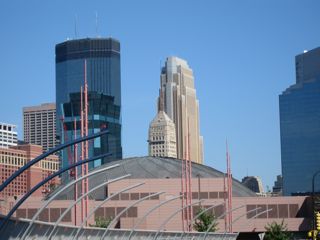 |
| © harrington |
This story below is from a Christmas Card we sent several years ago. In My Minnesota, a "coal mouse" is a black-capped chickadee.
"Tell me the weight of a snowflake," a
coal mouse asked a wild dove.
"Nothing more than nothing," was the
answer.
"In that case, I must tell you a marvelous
story," the coal mouse said. "I sat on the branch of a fir, close to
its trunk, when it began to snow…Since I didn't have anything better to do, I
counted the snowflakes settling on the twigs and needles of my branch. Their
number was exactly 3,741,952.
"When the next snowflake dropped onto the
branch—nothing more than nothing, as you say—the branch broke off…"
The
dove, since Noah's time, an authority on the matter, thought about the story
for a while and finally said to herself, "Perhaps there is only one
person's voice lacking for peace to come about in this world."
MERRY CHRISTMAS TO ALL.
MAY YOU FIND PEACE OR MAY PEACE FIND YOU
Adapted from
"The Weight of Nothing"
(February 1995).
From the Link,
newsletter of Congregations Concerned for Children, Minneapolis, Minnesota
Found in The Compassionate Rebel







































